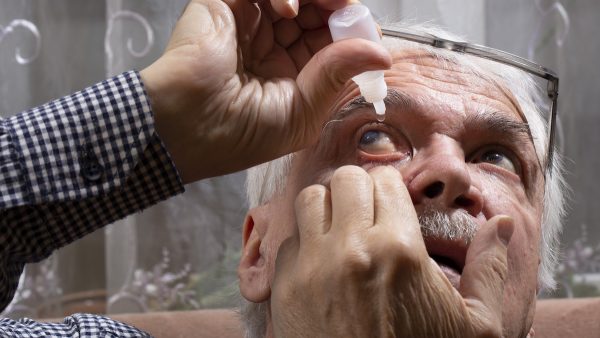What eye drops are used for glaucoma?
Glaucoma is one of the leading causes of blindness in older adults. The best way to minimize these risks is with preventative treatment early on. Eye drops are typically the first step in the treatment process, depending on how far the condition has progressed. Let’s take a look at what eye drops are used for glaucoma, along with other potential solutions.

What is glaucoma?
Glaucoma is a condition that creates a buildup of pressure in the eye. This damages the optic nerve—the part of the eye responsible for transmitting signals to your brain. Patients with glaucoma often experience tunnel vision, blog spots, redness, eye pain, blurred vision, and other symptoms.
Glaucoma typically affects adults over 40, but it is more common in adults over the age of 60. It is best to catch it in the early stages.
How to prevent glaucoma progression
There is no way to reverse vision loss from glaucoma. However, you can slow or even halt the progression of glaucoma with proper treatment.
The best way to prevent glaucoma is to get an eye exam at least once per year. The effects of glaucoma are often gradual, to the point that you may not notice significant changes in your vision. During your eye exams, we can monitor your overall eye health and catch issues early on. The sooner you pursue treatment, the better control you have over glaucoma.
Eye drops and other glaucoma treatment options
The most commonly prescribed eyedrops for glaucoma are prostaglandin analogs. They increase the outflow of fluid in your eye, thus relieving the pressure from glaucoma. Some name brands include Lumigan, Travatan, and Xalatan, but there are many other prescriptions on the market.
Your eye doctor may also prescribe a beta blocker for glaucoma to reduce the production of fluid. Some patients use a combination of eye drops and oral medications to maintain proper fluid levels in their eyes. Each treatment comes with potential side effects, so your eye doctor will evaluate all factors to determine the ideal course of treatment. Other treatments include laser surgery, drainage tubes, or a special type of eye surgery known as MIGS (minimally invasive glaucoma surgery).
